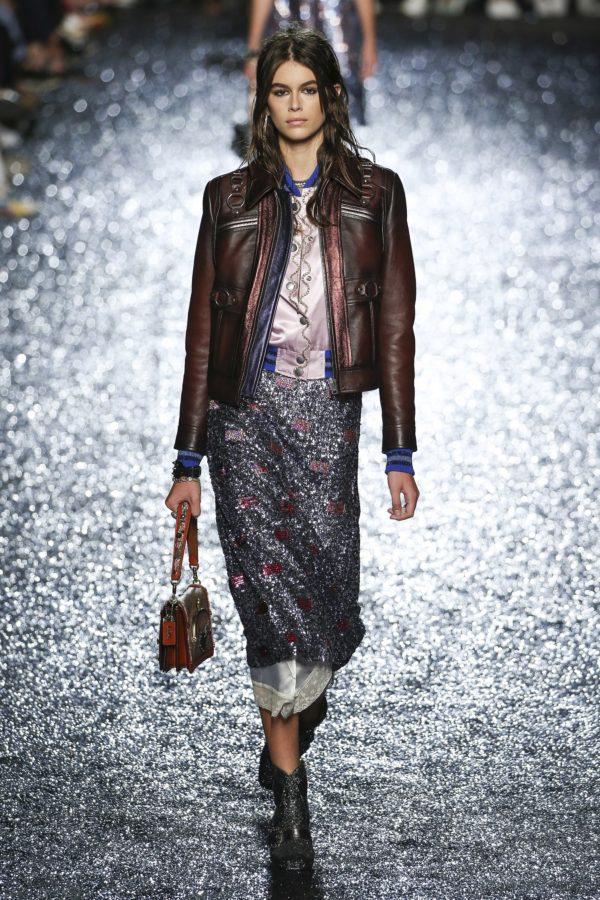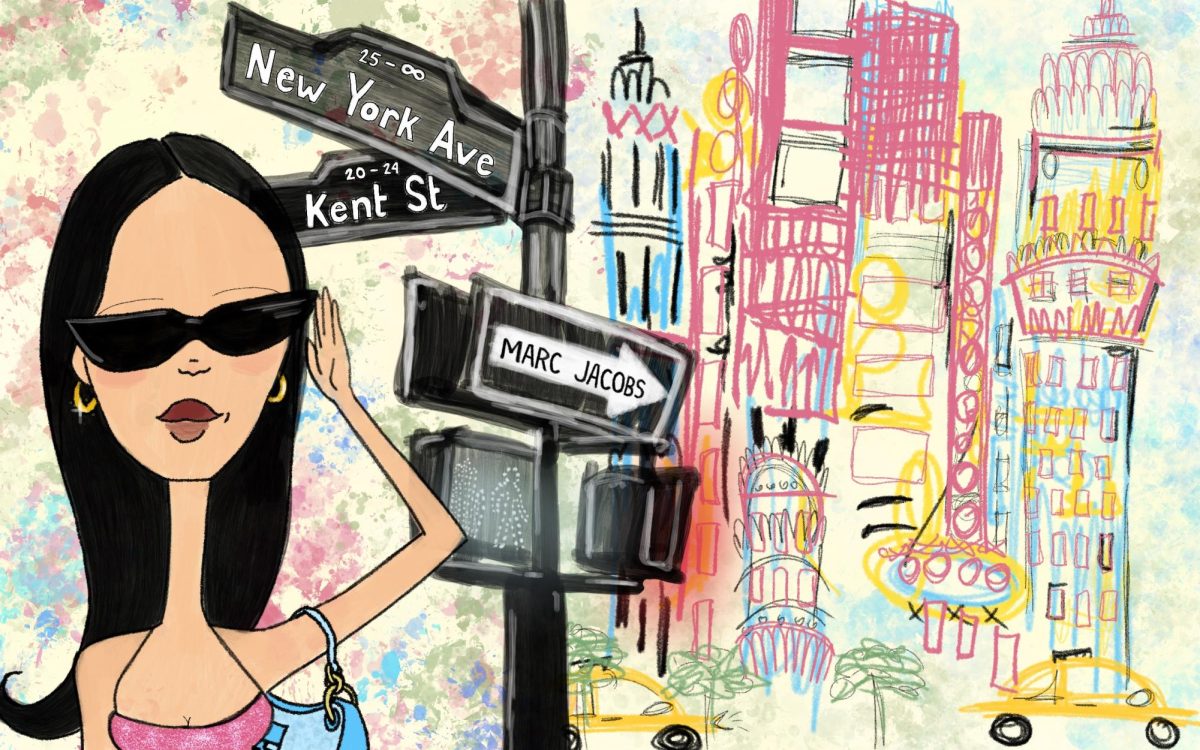Coach Inc., the brand made notable for its distinctive handbags, has announced it will officially change its corporate name to Tapestry Inc. beginning October 31. While the physical Coach brand, consisting of womenswear, menswear and handbags, will stay the same, this name change is believed to suit the newly multi-brand company better.
This choice came after Coach Inc. made public in May that it will be taking ownership of fashion label Kate Spade. Following behind famous shoe company Stuart Weitzman, Kate Spade is the second major fashion brand that Coach bought since last year.
To reflect its multi-brand mission, a name change is just what it needed to catch the attention of more youthful consumers.
Coach Inc., now 76 years old, has recently gained more popularity among the younger generations, thanks to one of the brand’s CEOs, Stuart Vevers. In 2013, Vevers made the conscious decision to introduce Coach to a younger audience, according to an interview with British Vogue.
This was done by selecting diverse men and women who were connected to their generation and community to represent Coach Inc. The brand felt that to better connect with its new market, a name change was imperative.
“We searched for a name to reflect these values, while also expressing the cultural diversity of our people and our brands for today and tomorrow,” Victor Luis, Coach chief executive, tells British Vogue. “In Tapestry, we found a name that speaks to creativity, craftsmanship, authenticity and inclusivity on a shared platform and values.”
A “tapestry” by definition is a “piece of thick textile fabric with pictures or designs formed by weaving colored threads or by embroidering on a canvas.”
Luiz further says, “We believe the Tapestry can grow with our portfolio and with our current brands as they extend into new categories and markets. The name embodies our creative brand-led and consumer-focused business, while also representing the deep heritage of the group.”
Luiz emphasizes the unique corporate identity being established, allowing brands under its control to have total creative freedom and to better reach its consumers.
No distinct changes are set to occur. Kate Spade will continue to be known for its playful sophistication and graphic prints. Coach will remain a heritage all-American accessory house and so on. This acquisition of big brands simply allows for more opportunity for the fashion industry in years to come.
With these differing brands coming together under the same ownership, we can only imagine the result being a blending of talents to form one truly unique mega-brand, much like a metaphorical tapestry.


















